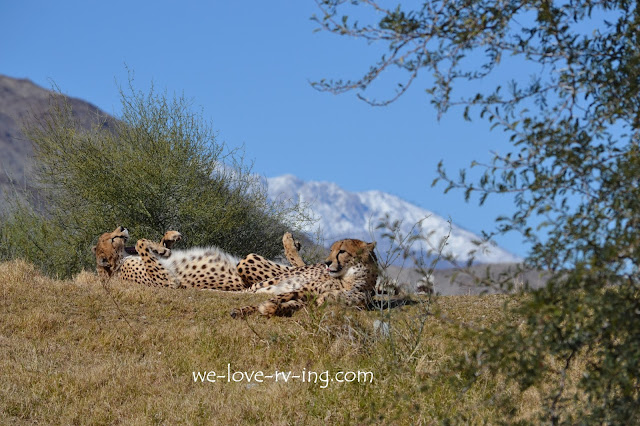Knole House is an historic house built over 600 years ago. There have been archbishops, kings and others
who owned this home over the centuries.
Now owned by the National Trust, it is being refurbished and restored
with a budget of over 19 million pounds.
 |
| Knole House |
The original house was an Archbishop’s house, it was eventually
purchased by Archbishop of Canterbury, Thomas Bourchier in 1456 and was used as
a country retreat for the Archbishops.
It was later surrendered by Archbishop Thomas Cramer in 1538 to Henry
VIII.
 |
| Knole Park |
During the years that the Archbishop of Canterbury lived
there, he created a deer park which is now Kent’s last medieval deer park. He
fenced the acreage and it became home to a wild deer herd. The 1000 acres of today are home to over 350
deer. There are two different kinds, one
is the Fallow and the other is the Sika deer.
 |
| Fallow deer family |
The fallow deer have a smooth spotted coat which darkens in
the winter. The males have a flattened
antler which falls off annually. This
visit was in September so perhaps the colors were changing for the winter. The Sika deer have a darker brown coat and
spikier looking antlers. It seemed that
we were seeing the fallow deer on our visit.
My thoughts were perhaps the two
herds have mingled and are showing the combination on their offspring.
 |
| curious fallow deer |
These deer are free to wander the grounds so were within
just a few feet from the tourists. They
are not approached by the visitors who are also not to feed them, but they show
no fear. There are staff members that
look after these well cared for animals.
 |
| Sackville Family symbol |
In 1603, Thomas Sackville, cousin to Queen Elizabeth l,
bought Knole House and it has been in the Sackville name ever since. The family symbol, the leopard can be seen
inside and outside, as well. His
descendent, Charles gave the Knole House to National Trust but the family retained
ownership of the Gatehouse Tower.
 |
| View from Gatehouse tower |
Restoration was being done while we were there so many of
the furnishings and priceless antiques were displayed behind glass
containers. We were not able to take
photos inside this very large house, with a roof that is a total of 6.7 acres,
but were seeing many rooms, halls and galleries that were full of hundreds of
portraits from the history of England.
Incredible sights to be seen.
 |
| Gatehouse Tower |
Edward Sackville-West, usually called Eddy, lived in the Gatehouse Tower from
1926-1940 and his apartment was opened to the public in June 2016 so we were
able to climb the steep and very narrow spiral staircase and visit some of
those rooms. He was a very colorful
gentleman with many colorful friends who spent time with him here. There were many stories chronicled including
the visits by Virginia Woolf who wrote the book “Orlando” in 1928 with Eddy’s
cousin Vita Sackville that was set in Knole.
 |
| Plumbing of ye olde days |
While visiting the private apartment that still belongs to
the Sackville family, I took photos of the ‘modern’ looking bathroom; the water
tank is suspended above the bathtub. It
was then I learned that photos could not be taken in there, either. Some places are very lenient, others are very
strict about taking photos, often due to the damage that flash can do to
antiques. Note the message below the
mirror.
 |
| Entrance to Knole House |
The history of the Knole House is fascinating in many
ways. The Sackville family, Virginia
Woolf connection and many more colorful stories are interesting but also the
antiques and art collection collected and showcased was very impressive. Seventeenth century letters were found in the
restoration, what a great find that was!
We enjoyed a lunch in their cafeteria before heading back
home. Another day of enjoying the
history of England. If you wish to learn
more about Knole House or National Trust,
click here.
To share our visit to Scotney Castle,
click here.



























